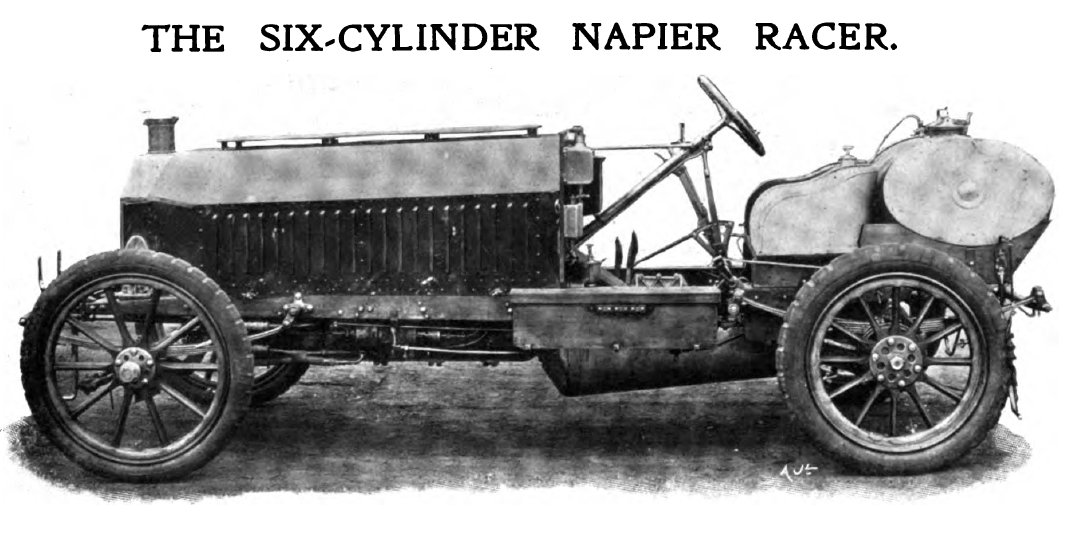
Automobile racing is a new sport that has rapidly gripped the hearts and minds of not only the peoples of its home planet of Veshiri, but also many people from across the Council of Worlds.
The sport, it must be noted, is often dangerous, especially the poorly regulated street version. Magical spells have been developed that can be laid on the track to minimize risk, but a risk to both participants and spectators remains. Attempts have been made to regulate or even outlaw street racing, not that those who participate (often gangs such as the Thirty-Nine Wolves or groups of bored society youth) seem to particularly care.
While racing on foot, chariots, and beasts of burden such as horses is an ancient tradition, the modern conceptualization of racing is incredibly recent, with the earliest automobile races held soon after the invention of the automobile - primarily as reliability trials for the new machines.
Automobile racing only came into the public eye only fifty years ago with the first city-to-city race - in which the winner (and only competitor to successfully finish) clocked a mere six miles per hour, taking nearly a day and a half to finish the over two hundred mile track. Several competitions, both major and minor, occurred over the following decades, beginning to build up a dedicated following of motor fans.
Street racing began fifteen years ago, when a certain set of miscreants drove early automobiles through the streets of Sistu at the then-reckless speed of twelve miles per hour. (Notably, one professional runner saw them passing and decided to join the impromptu race, winning by all accounts.)
Three years ago, racing caught inter-dimensional attention with the longest race in history, circumnavigating the entire planet of Veshiri (which is made possible by the density of islands) and passing through parts of several other worlds. Ten competitors took part, with only three finishing the race - which took an unprecedented one hundred and eighty three days. The Stenari R Racer (or Flying Teakettle as its fans often call it), manufactured by the Stenari Motor Carriage Company and driven by a team from Lidaidi, won the race by a margin of thirty two days. The event received front-page coverage in newspapers across not only the planet but the entire Council of Worlds, most notably leading to calls for improvements in roads (or even construction of them in the first place).
The largest spectator stadium in the entire Council of Worlds, the Dijua Motor Speedway, built in the new suburban city of Speedway on the northwestern coast of the Dijuan Continent, is a two and a half mile brick banked oval track designed specifically for automobile racing, including magical safety features designed to preserve life in the event of a wreck and to prevent automobiles from crashing into spectator areas, while not obstructing view. It has an astounding capacity of three hundred thousand permanent seats, with infield seating adding another hundred and fifty thousand potential spectators. It was constructed just last year and has already had such notable visitors as the Prince and Princess of Alea and the sitting Veshiri Empress.
Very recently, the racing fad has caught the imagination of a few reckless youths, who have modified personal airships, called steam skimmers colloquially, to reach tremendous and often dangerous speeds as they rocket through the air. Fortunately, such races are currently often held outside city limits, reducing the risks of crashes dramatically. However, the steam skimmers are far more dangerous than even the early automobile, with engines frequently failing or outright exploding under the stresses put on them.
There are few overarching rules for races, with each competition having different entry requirements and different regulations.
A nearly universal rule in organized racing is the banning of any magical automobile component or use of magic during the race, with only the ingenuity of the engineer, the talents of the crew, and the skill of the driver determining success or failure. (There has been some debate if magical fuels, which provide no increase in speed but are at times safer, should be allowed or even required).
Rules for organized races commonly address several factors, including requiring the inclusion of a riding mechanic, fuel use limits, weight limits (either minimum or maximums), and limits on the size or design of the engine.
Furthermore, current models can reach speeds as high as over one hundred miles per hour, presenting ever increasing safety challenges. There has been considerable debate whether speed limits should be imposed on racing, with most fans and racers alike staunchly opposing such a measure.
However, street racing often has no such rules, with magical modifications often helping drivers push the limit of what's possible, and on occasion weapons being employed to sabotage rivals (this is especially common in inter-gang races).
The most essential tool, of course, is the automobile itself. Other important components are fuel, with spare fuel often being needed, extra tires, and assorted spare parts for the all too frequent occasion when a car breaks down.
The driver is the star of the show, with the riding mechanic and the pit crews (which can consist of two to as high as twenty people) also forming an essential part of the show. Some, but not all, endurance races involve multiple drivers. In the early endurance races, driver and riding mechanic would be trained in both roles and would switch off, with frequent breaks to sleep and take care of necessities (and let the engines have a chance to cool down).
The riding mechanic is in charge of keeping the automobile in racing condition, keeping watch for other cars (especially behind the driver), monitoring gauges, hand pumping fuel and oil, and checking tire wear, among other duties. If a car breaks down or runs out of fuel, it is the riding mechanic's duty to fetch more fuel or spare parts from the pits.
Races are held with increasing frequency around the planet, with dates and times scheduled well in advance for the benefit of those traveling potentially enormous distances to see the show.
Primary Related Location
Comments
Please Login in order to comment!

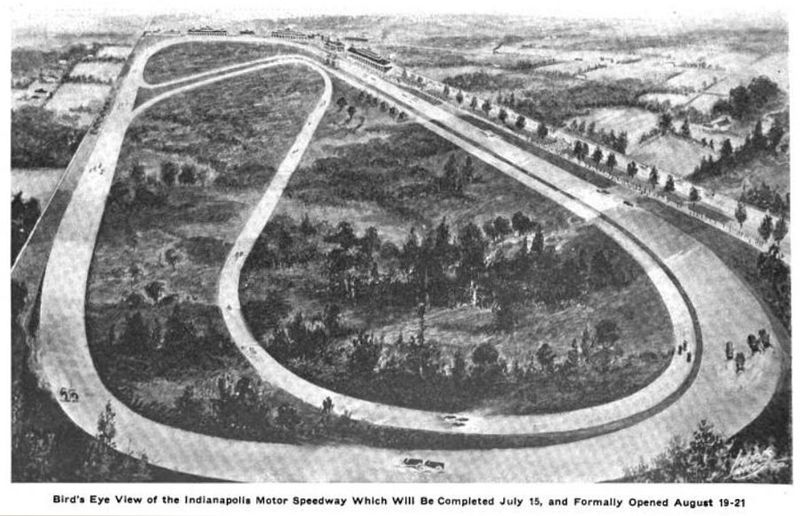
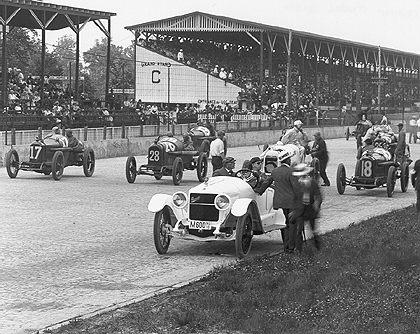

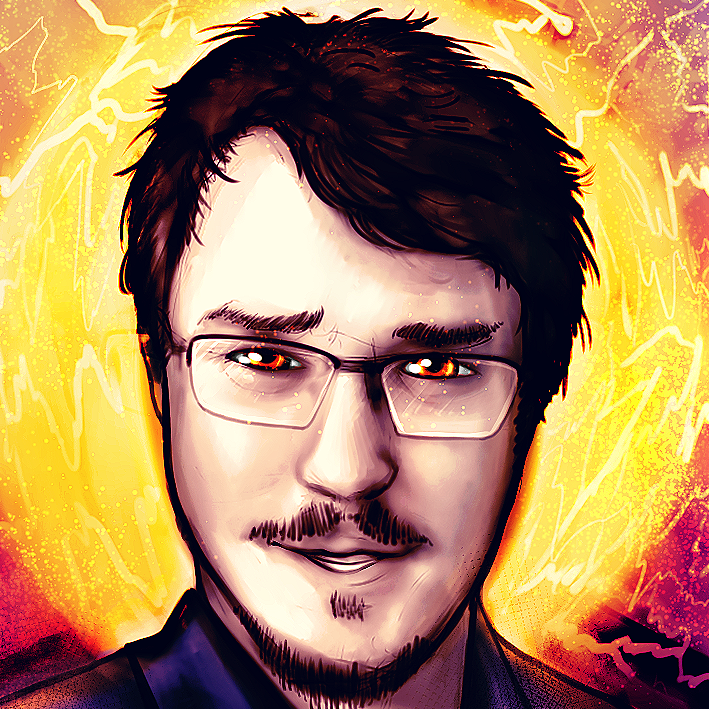


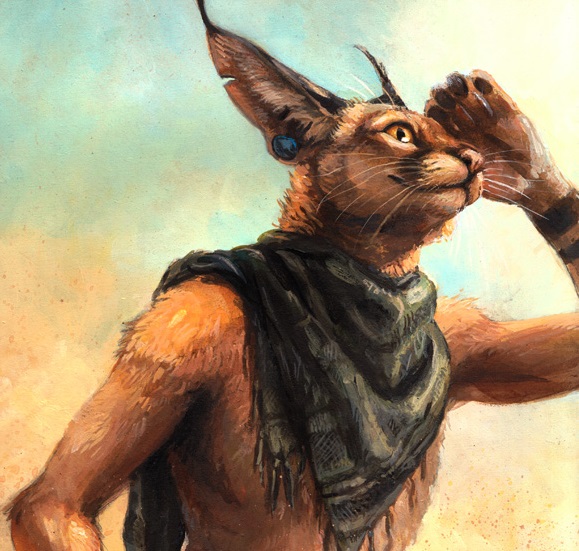
So they are riding through worlds on old-looking cars like that ? It's pretty neat if that's the case, I really like the idea :]
Thanks! Not frequently, especially since most worlds don't have suitable roads yet, but on occasion, yes. The city of Sistu especially has established inter-world portals large enough for automobile traffic